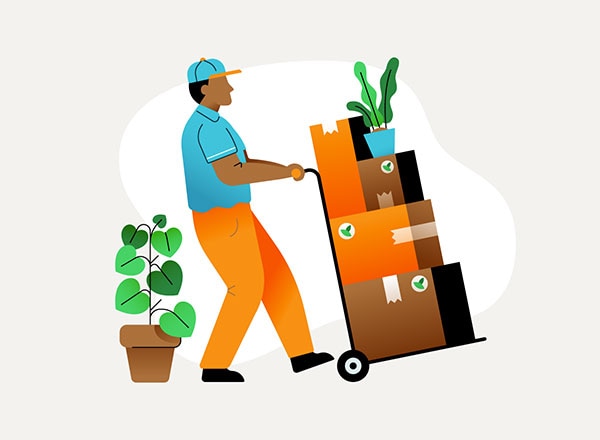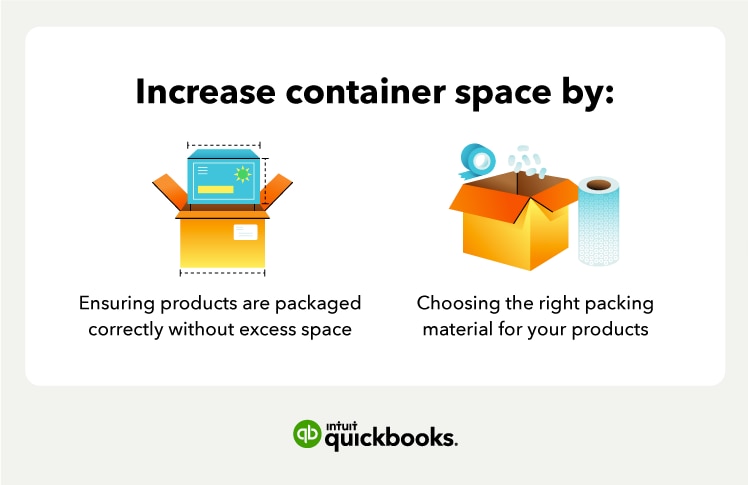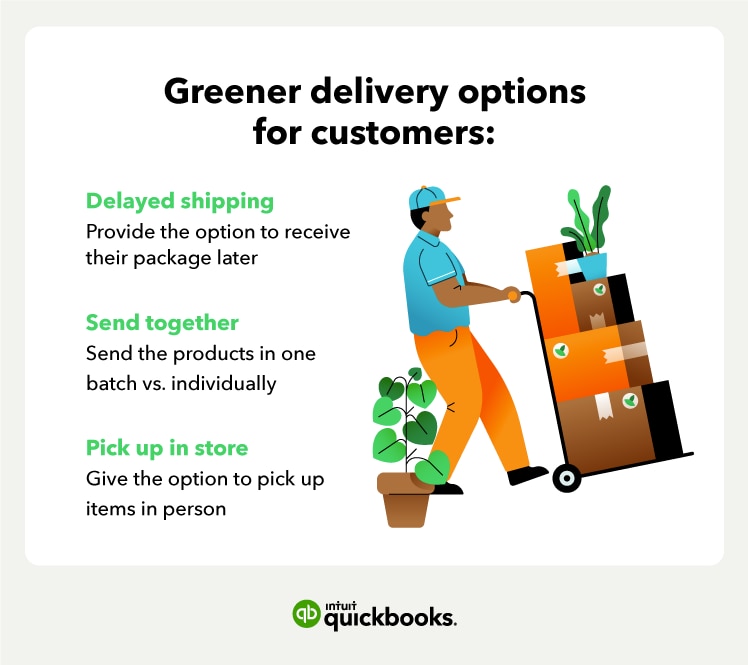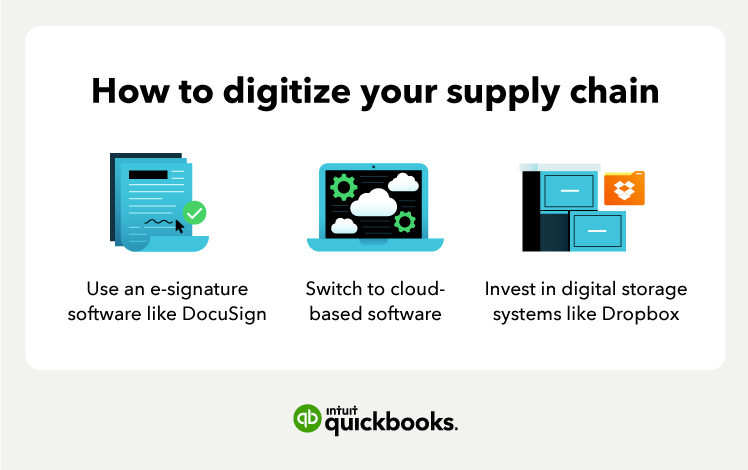If you’re interested in reducing the carbon footprint of your business, you’ve probably already done the obvious work, like switching to LED bulbs, reducing waste, and investing in renewable energy sources.
These are all steps in the right direction, but building a sustainable supply chain can have the greatest impact. After all, freight and transportation are among the largest contributors to greenhouse gas emissions in the U.S. And with e-commerce on the rise, that impact will only get bigger. But experts believe that reducing greenhouse gas emissions is possible by making shipping and storage processes more efficient.
Of course, revamping your supply chain is easier said than done. You have to consider the speed of delivery, the cost to you and your customers, and your carbon footprint—and it’s a delicate balancing act.
But here’s the good news: Today’s consumers not only prefer to support brands that focus on sustainability, but the majority of them (57%) are willing to change their purchasing habits to reduce their carbon footprint, according to an IBM Research Insights report. That means choosing longer shipping times, picking up products in-store, or even paying extra for greener goods.
Beyond that, building a sustainable supply chain leaves you with more efficient and cost-effective processes that reduce energy consumption and save you money.
Ready to get started? Here’s how.















